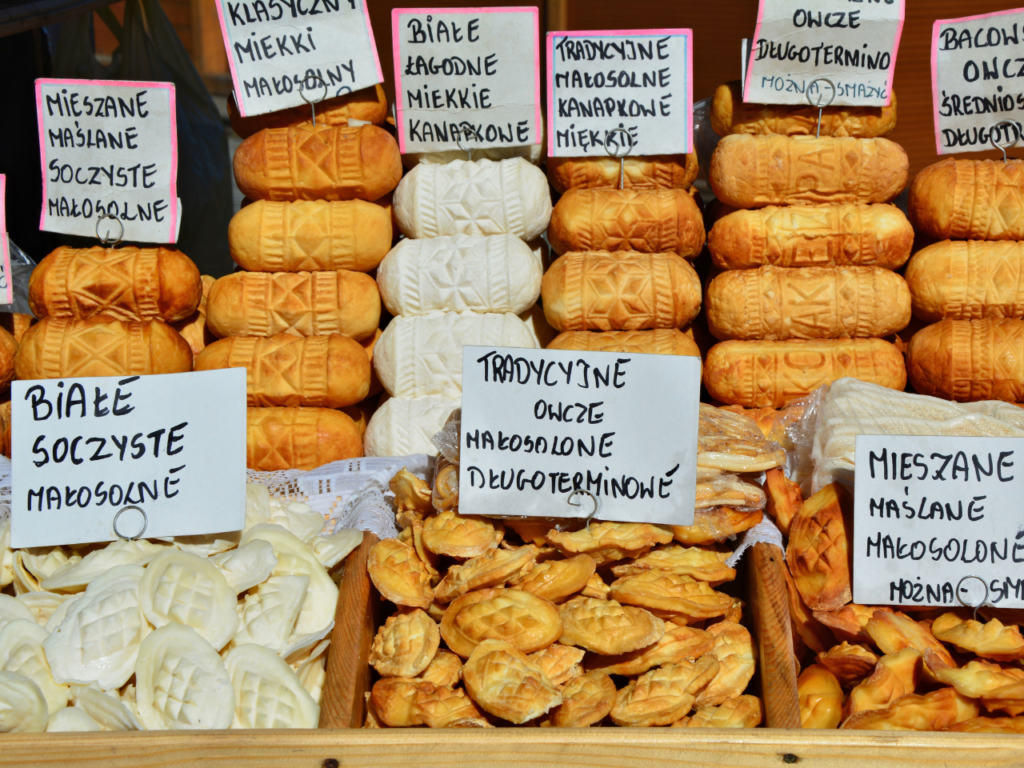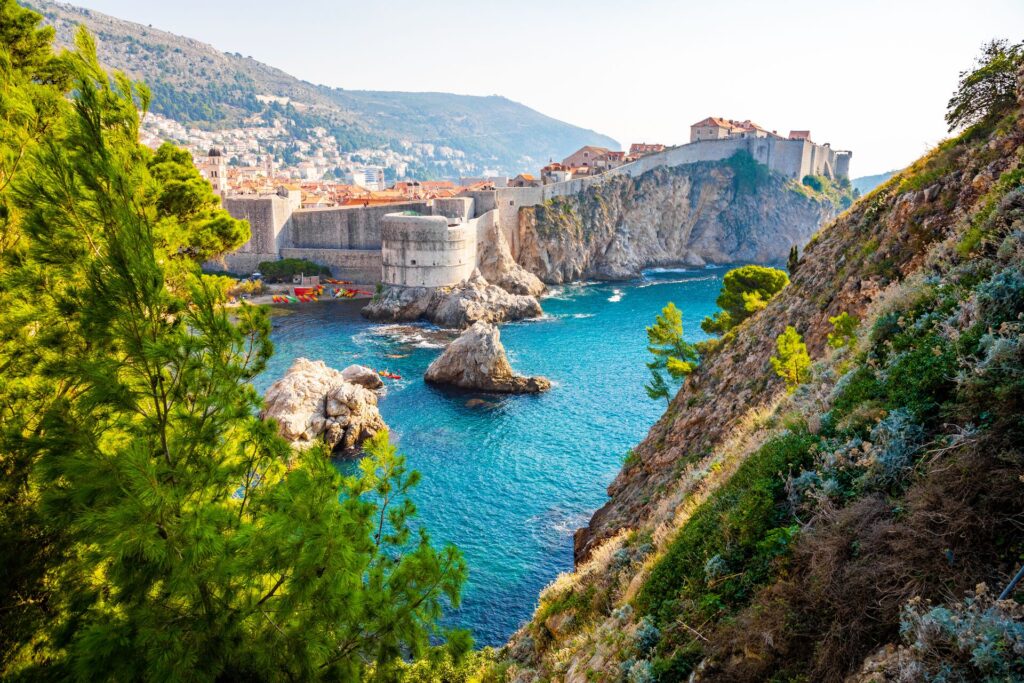Did you know that Portugal holds both the record for the longest reigning monarch (Alfonso I Henrique of Portugal – 73 years) – and the briefest (Crown Prince Luis Filipe of Portugal – approximately 20 minutes)?
While so many travelers are well-read on countries like Italy and England, many of us don’t know amazing facts about Portugal that are far more interesting than your typical trivia night question. Here’s another one: Portugal is home to Europe’s largest tea plantation: The Chá Gorreana farm in the Azores, an Atlantic archipelago that’s an autonomous region of Portugal.
Portugal has so many unusual fun facts that bring a new depth to your understanding of one of the oldest countries in Europe. From eating raisins during a specific hour of the year to huge art projects created from Lisbon’s street trash, these 9 unusual facts about Portugal will make your visit all the more interesting.
Get even more insights on Portugal on one of our premium, expert-led tours.
Lisbon is older than Rome
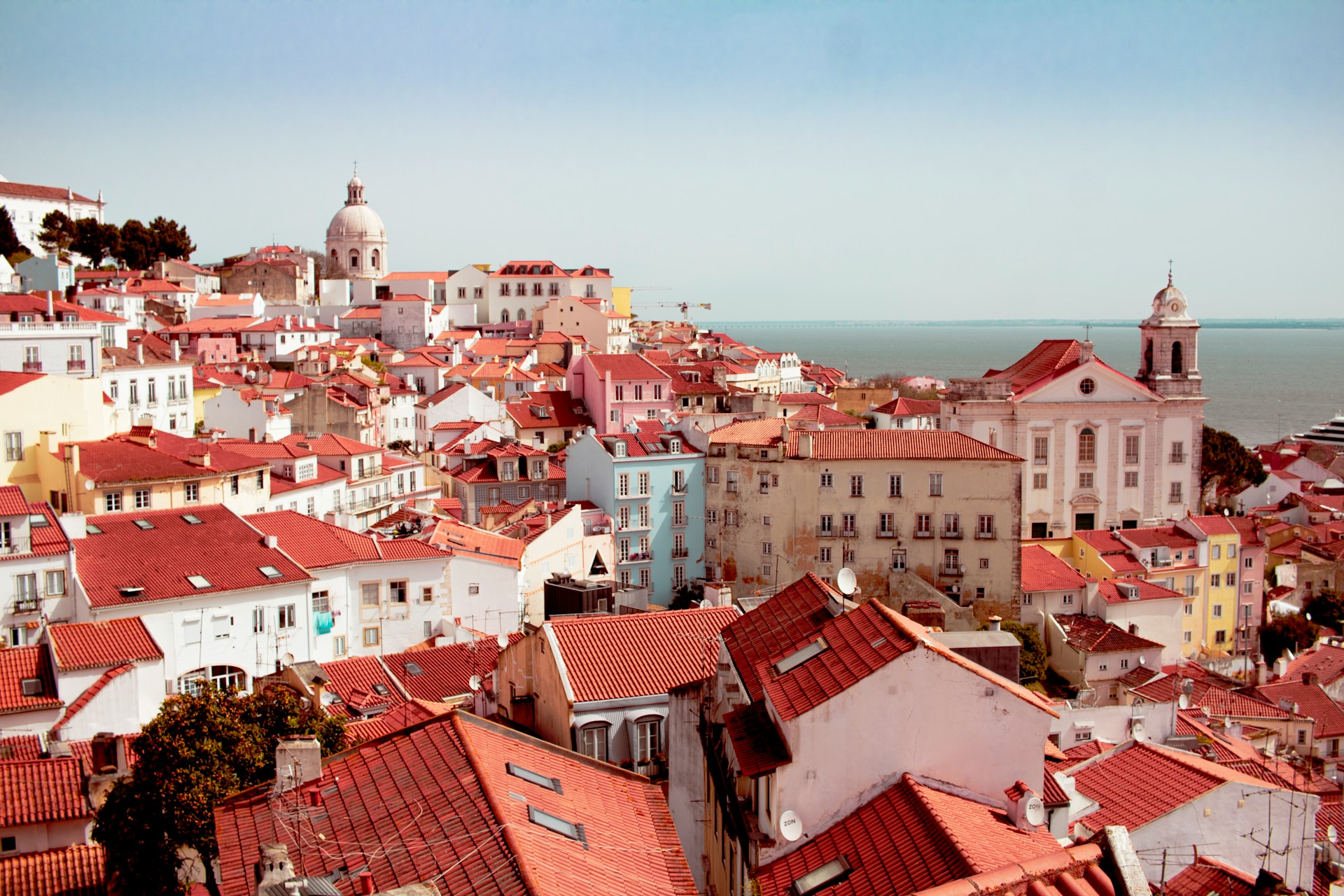
Rome’s history is long, but Portugal has it beat by a few centuries. The Phoenicians are said to have settled in Lisbon sometime around 1200 BCE, whereas Rome’s founding is around 753 BCE. Take one look at Lisbon’s fantastic nautical location on a map and you’ll see why ancient civilizations were so quick to call it home.
Portugal also has one of the oldest universities in the world, the University of Coimbra, which was established in 1290. 150 years prior? Portugal appointed its first king, making it also the oldest nation-state in Europe.
Sintra has two subterranean towers once used for rituals
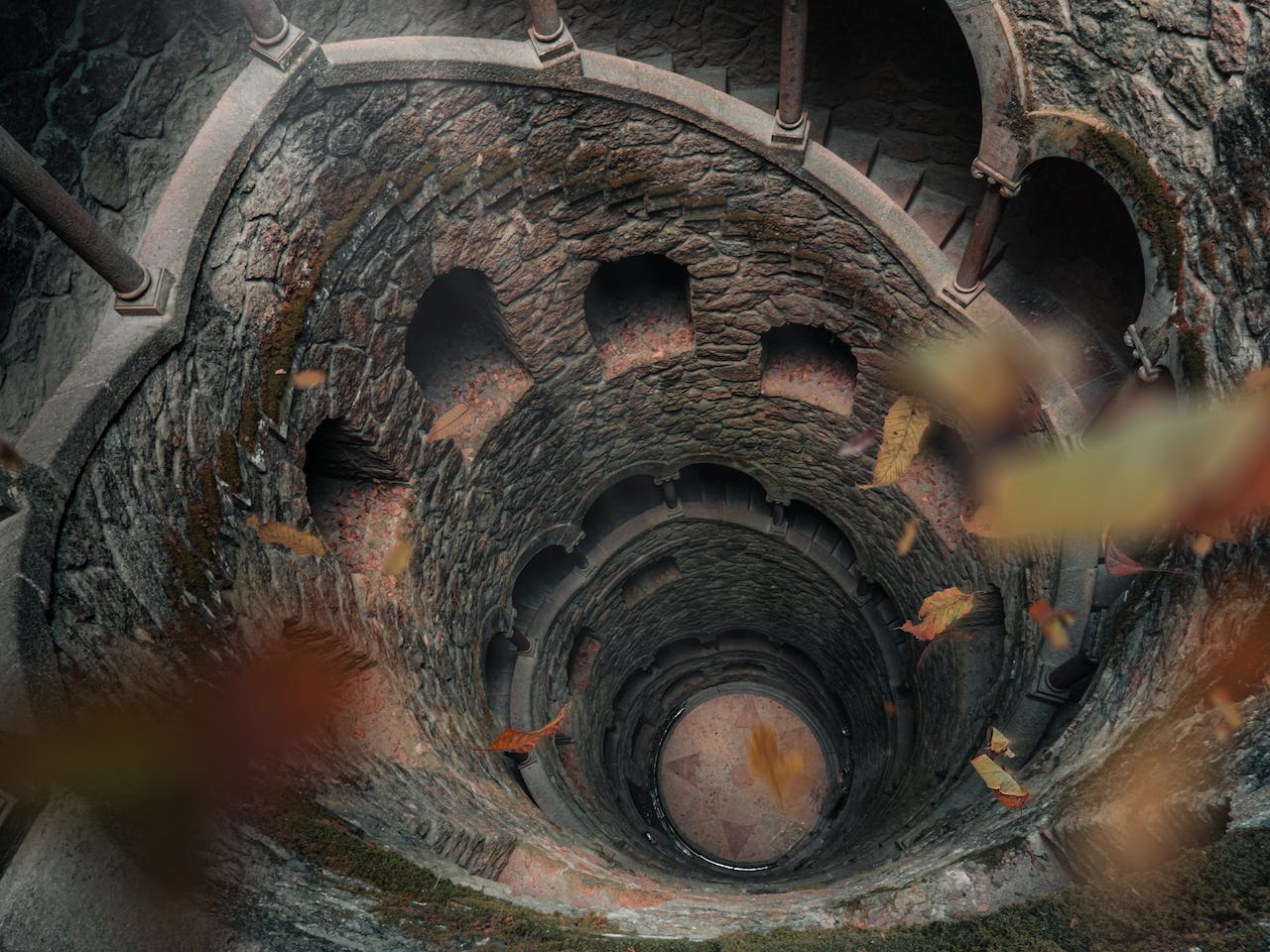
One of the weird facts about Portugal actually makes for a very interesting day-trip from Lisbon: the Initiation Wells in Sintra.
Quinta da Regaleira is a 16th century castle protected under Sintra’s UNESCO World Heritage Site status. Called the Initiation Wells, the castle has a pair of inverted towers beneath its gardens. These towers have spiral staircases leading down into the wells, and despite the name, the reason for their existence wasn’t to source water.
It’s thought that the Knights Templar used these wells during the initiation process. A theory is that the candidate being initiated would need to walk down to the bottom of one well and navigate the dark subterranean area that is linked to the opposite well. If the person could find their way back up into the light, they would earn a place in the brotherhood.
Read next: 9 Reasons Why Our Spain & Portugal Tour is Simply Unmissable
The biggest waves ever surfed are off the coast of Nazaré
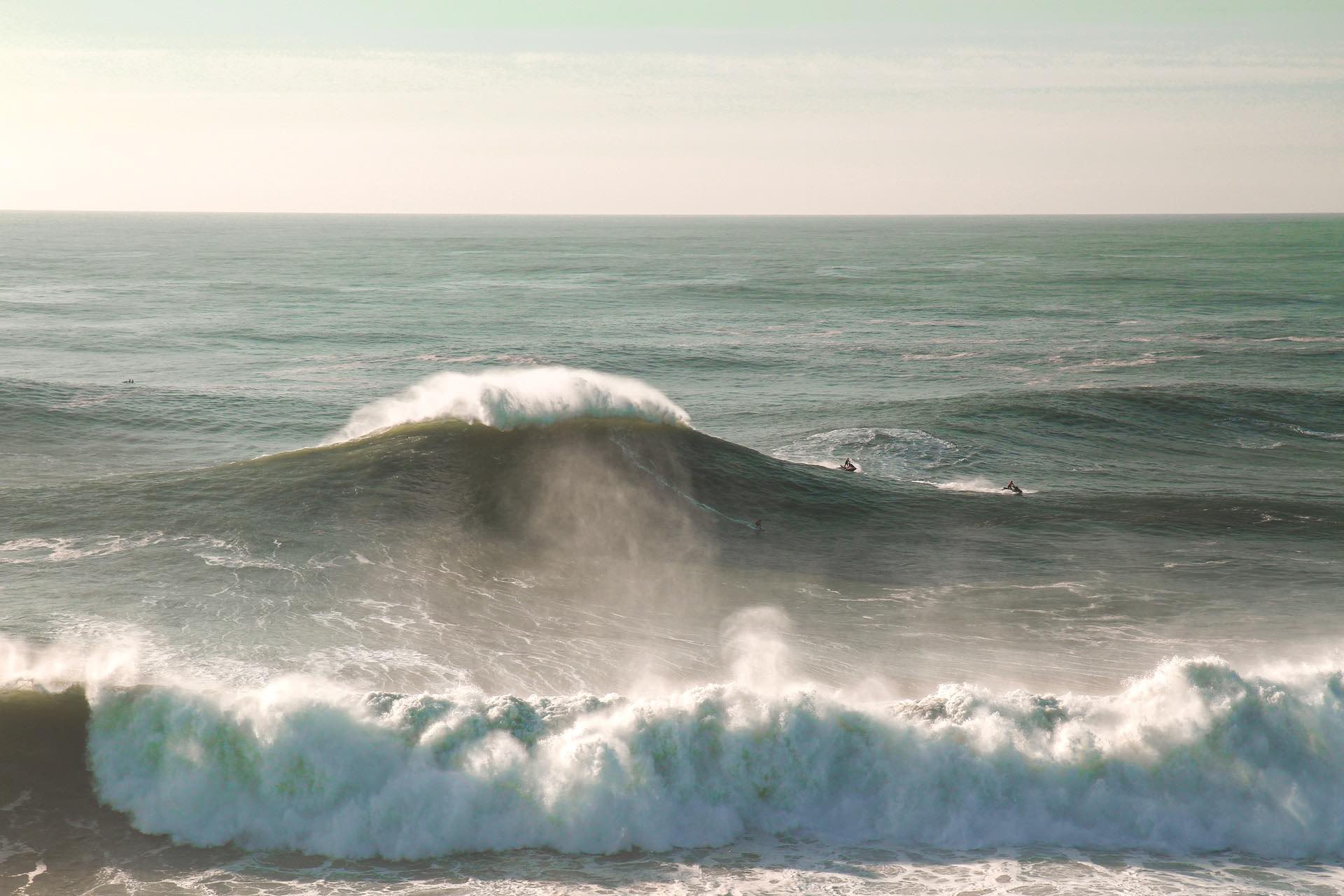
Even the most intrepid surfers get the chills when facing the big waves of Portugal.
The Atlantic coast is no stranger to strong waves on both sides of the ocean, but some of the largest waves in the world crash into the shores of Nazaré, Portugal. Praia do Norte is the epicenter of these big waves thanks to the underwater Nazaré Canyon that helps generate and sustain the huge swell.
In 2020, a German surfer named Sebastian Steudtner rode his way to the record books by surfing a 86-foot wave. He only outperformed two other surfers who rode 78-foot and 80-foot waves along the same shoreline just a few years prior.
For those uninterested in surfing the Big One, know that Nazaré is beach town where consistent waves of all sizes make it a great surf spots no matter your experience level.
Destination inspiration: Planning the perfect Porto trip with great sights and museums
The Portuguese ring in the New Year by eating 12 raisins
You probably share a few New Years traditions with the Portuguese: kissing a loved one at midnight and toasting to the coming year aren’t uncommon across many cultures. But do you eat a dozen raisins when the clock strikes 12?
In Portugal, there’s a New Years tradition which sees men and women ring in the New Year by eating twelve raisins; one raisin at each chime of the clock which symbolizes one for every month in the New Year.
Each raisin consumed supposedly earns the eater one wish that they make during the first few months of the New Year.
They also have a New Years superstition about empty pockets

Raisin eating isn’t the only instance of wishful thinking that Portuguese people do during their New Year celebrations. One of the weird facts about Portugal is that they also hedge their bets with a superstition that could leave them rich or penniless as the year drags on.
Acting out this ritual is a little different for everyone, but the consensus is that you’ll have good fortune in the New Year if you enter it with money in your pocket. The thought is that you’ll end the year the same way you entered it, which is why many Portuguese make sure to have at least a little change on-hand around midnight.
Some people feel safe and secure with just money in their pockets; others take the superstition one step further: they must climb onto a chair with their right — not left — foot and have money either in their pockets, hands, or shoes to receive good fortune in the New Year.
Discover: Travel to Portugal to experience the Insight Difference in unforgettable ways
More Portuguese is spoken in Brazil than in Portugal
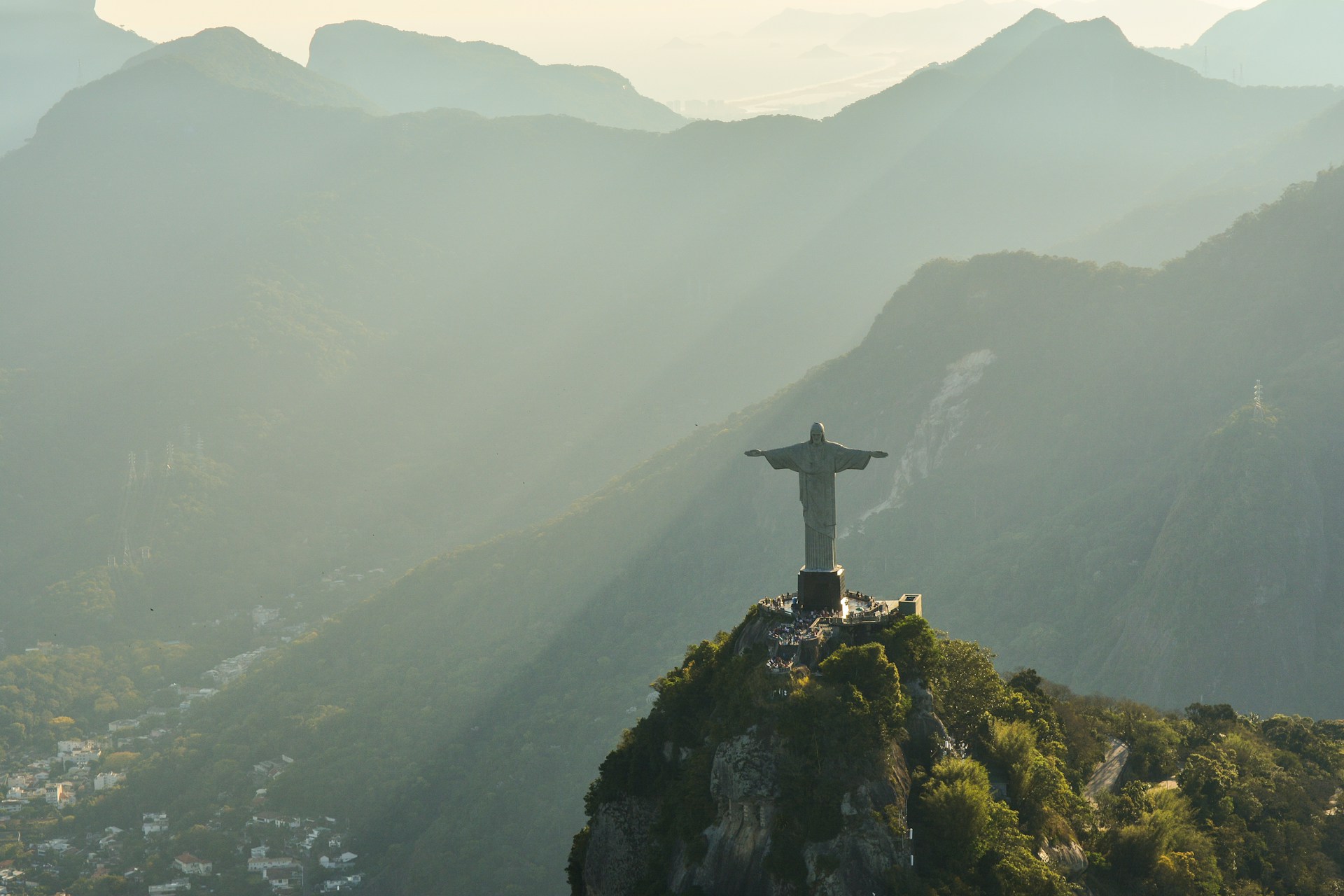
Unusual fun facts sometimes don’t seem so unusual after you stop and really think about them. Case in point, this weird fact about Portugal: there are fewer Portuguese speakers in Portugal than in Brazil.
Yes, the home-country of Portuguese doesn’t have the most Portuguese speakers. Which makes complete sense: Brazil’s population is 214 million while Portugal’s is only 10 million.
This population comparison is no unique phenomenon, either. There are more English speakers in the United States and India than in England, just as there are more Spanish speakers in Mexico than Spain.
You can thank the Portuguese for some Japanese words
Speaking of Portuguese, Brazil is far from the only country outside of Europe that’s been influenced by the Portuguese language. One of the unusual facts about Portugal that some avid travelers don’t even know is that the Japanese language has some Portuguese infusion.
Recall that in the 16th century, Magellan was but one of the many Portuguese explorers sailing the world. The Portuguese Christians that arrived on Japan’s shores literally shared words with one another. ‘Bread’, for example, is pão in Portuguese and pan in Japanese, while Saturday is sabato in Japanese and sábado in Portuguese.
Here’s another interesting fact about Portugal and Japan’s cultural exchange: the style of tempura cooking was introduced to the Japanese by these same explorers.
Destination inspiration: 12 best places to travel with Insight Vacations in 2024
One of the most popular Portuguese foods isn’t Portuguese
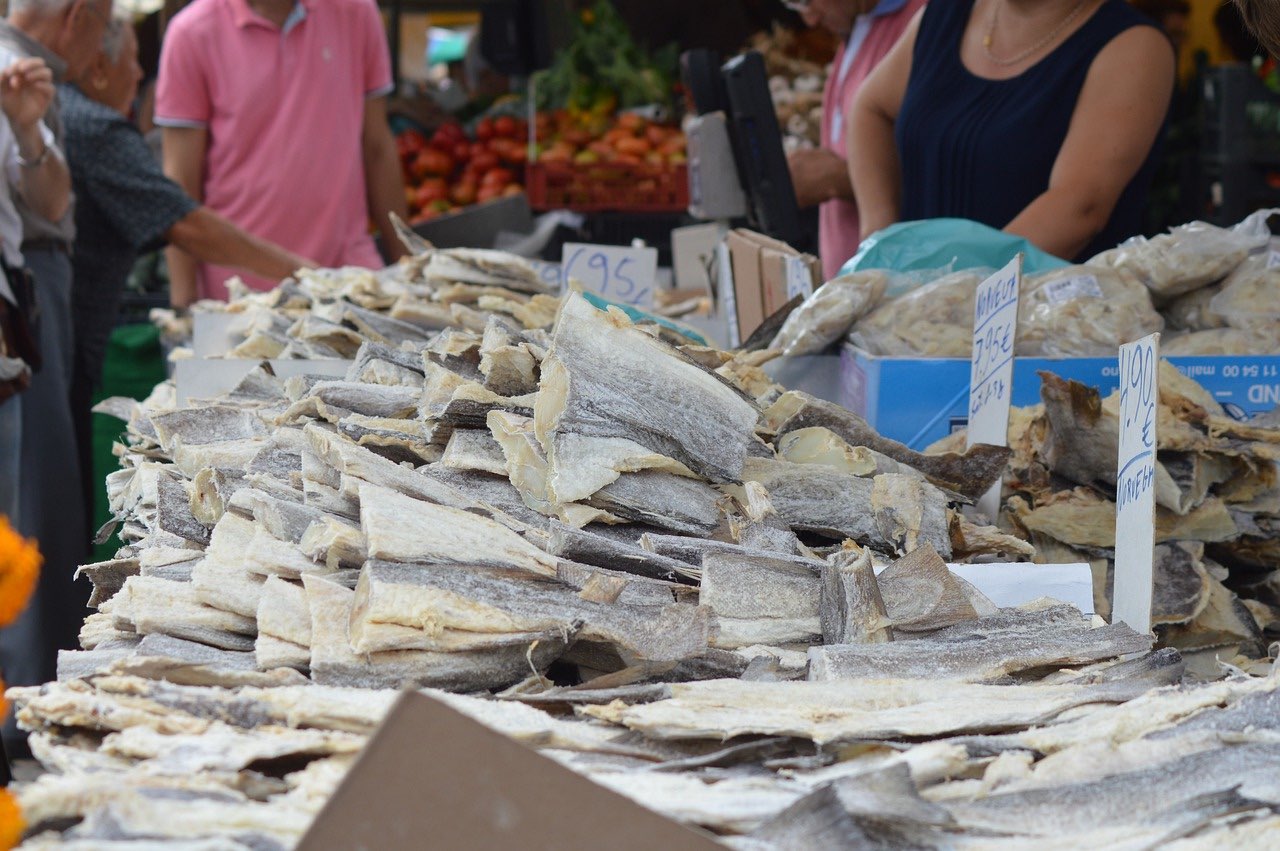
When it comes to food facts about Portugal, this one’s got a surprising taste: bacalhau isn’t a Portuguese creation.
Surprising? It feels like you can hardly wander the streets of Lisbon without seeing salted cod displayed proudly on the menu, yet this exceptionally popular food in Lisbon originates from farther north.
Salted cod first came to Portugal around the 14th century via Nordic countries like Norway and Iceland. In their cold climates, salting their fish was a method of preservation. Despite the fact that Portugal has an abundance of fresh seafood at their fingertips, this tasty import made big waves and became one of the most well-known types of food in Portugal.
Learn more: 10 must-have traditional Portuguese foods to try on your next trip
An artist in Lisbon creates huge installations from the city’s street trash
View this post on Instagram
Though it might not be the most unusual fact about Portugal, it certainly is one of the most inventive: there’s a famous artist who collects trash to turn into art pieces.
His artist name is Bordalo II. Based in Lisbon, he upcycles the city’s waste and turns it into installations and murals depicting animals. The concept called Big Trash Animals is to shed light not only on human’s culture of over-consumption, but also of the animal’s whose home’s we’re polluting with our waste.
You can find Bordallo II’s installations throughout Lisbon in the Martinhal Residences hotel, on the streets of Chiado, across Portugal, and throughout the world.


